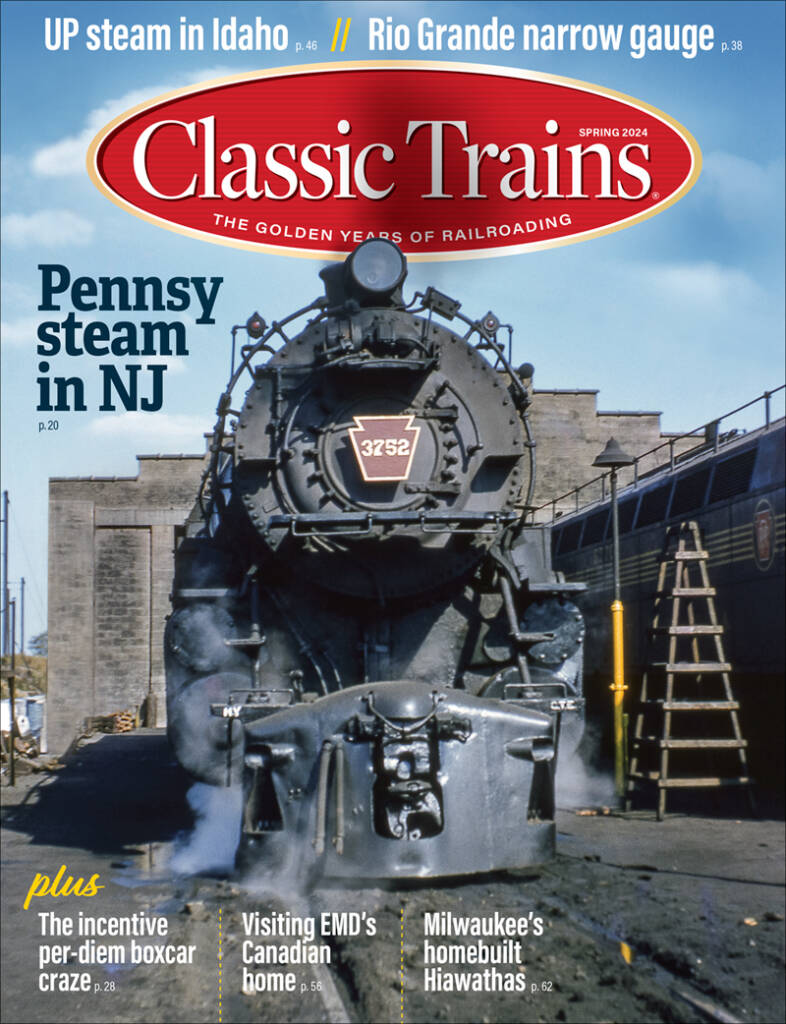
Welcome – Pennsy perspective Head End – A potpourri of railroad history, then and now Fast Mail – Letters from readers on our Winter 2023 issue Mileposts – Commentary by Kevin P. Keefe True Color – Detroit, Toledo & Ironton Maumee River crossing Short Rails – Manufacturers Railway Co. The Way It Was – Tales […]
Read More…
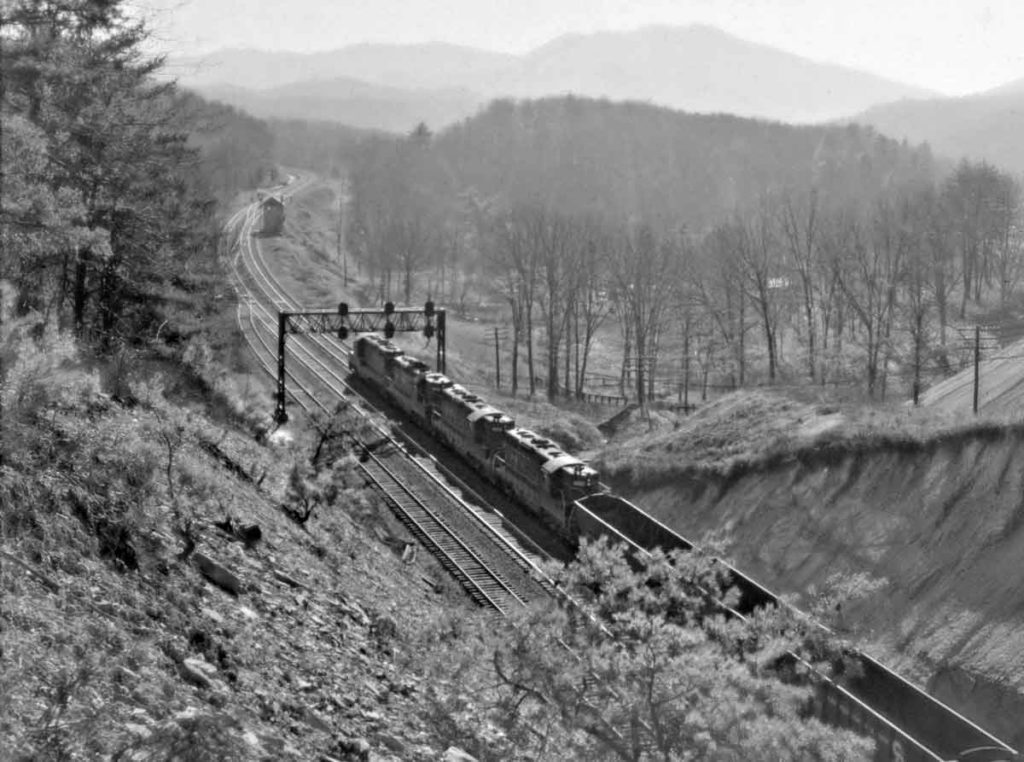
Four GP9s climb west on the Chesapeake & Ohio main line with empty hoppers to be reloaded with coal in the late 1950s. Classic Trains coll. […]
Read More…
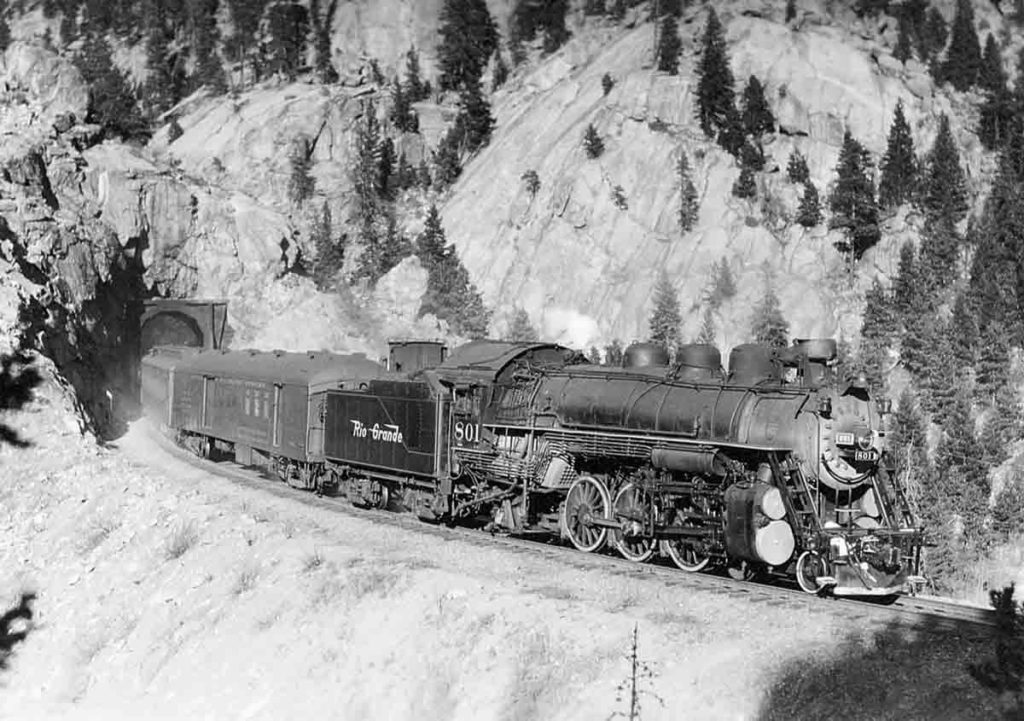
Pacific 801 leads Rio Grande train 10, the local from Craig, Colo., to Denver, out of Tunnel 29 east of Pinecliff on Dec. 31, 1950. Otto Perry photo […]
Read More…
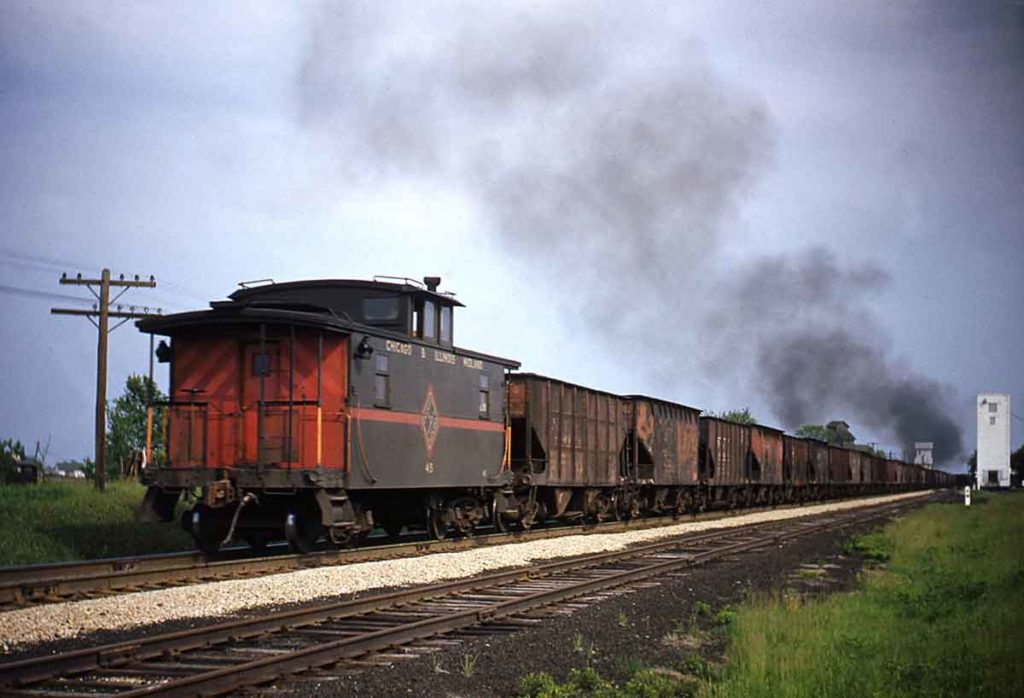
One of the Chicago & Illinois Midland’s distinctive green-and-red cabooses trails 85 empty coal hoppers heading south at Atterbury, Ill., in May 1952. Edward Theisinger photo […]
Read More…
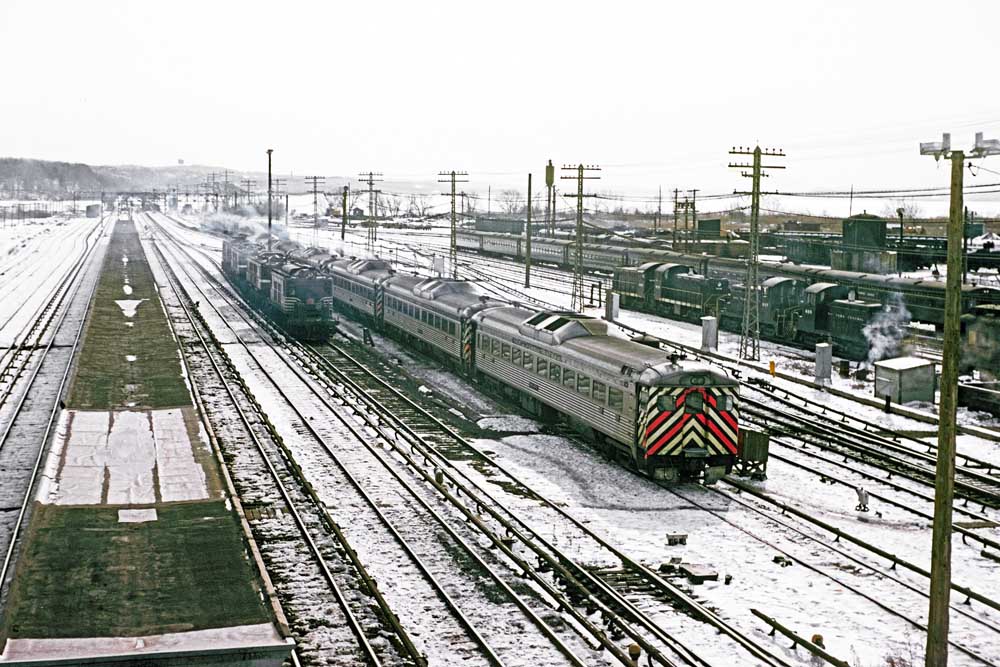
Like many other railfans back in the mid-1960s, I was shooting using black & white negative film essentially on an exclusive basis. Reasons for this included budget (color slide film and processing were more expensive than monochrome), camera quality issues (it turned out that my Argus C-3 could do a reasonably good job with […]
Read More…
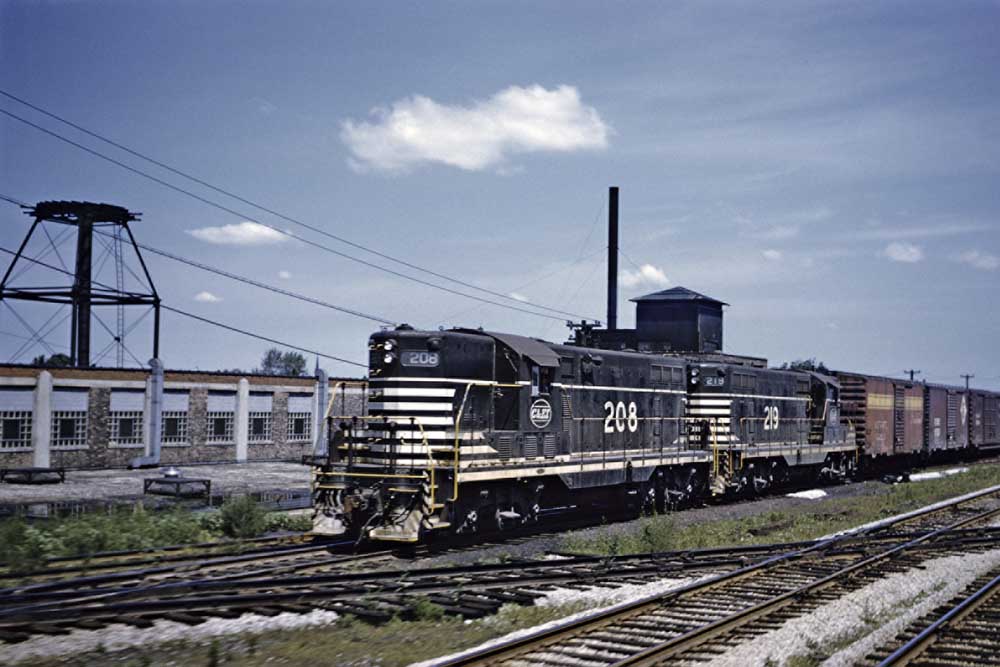
Chicago & Eastern Illinois history was special to those to watched the railroad firsthand. In the pantheon of great railroad names, “Chicago” was so often the magic word. Think of all the carriers with Chicago on their letterhead, railroads with thousands of miles on their system maps, railroads whose names imply vast, continental […]
Read More…
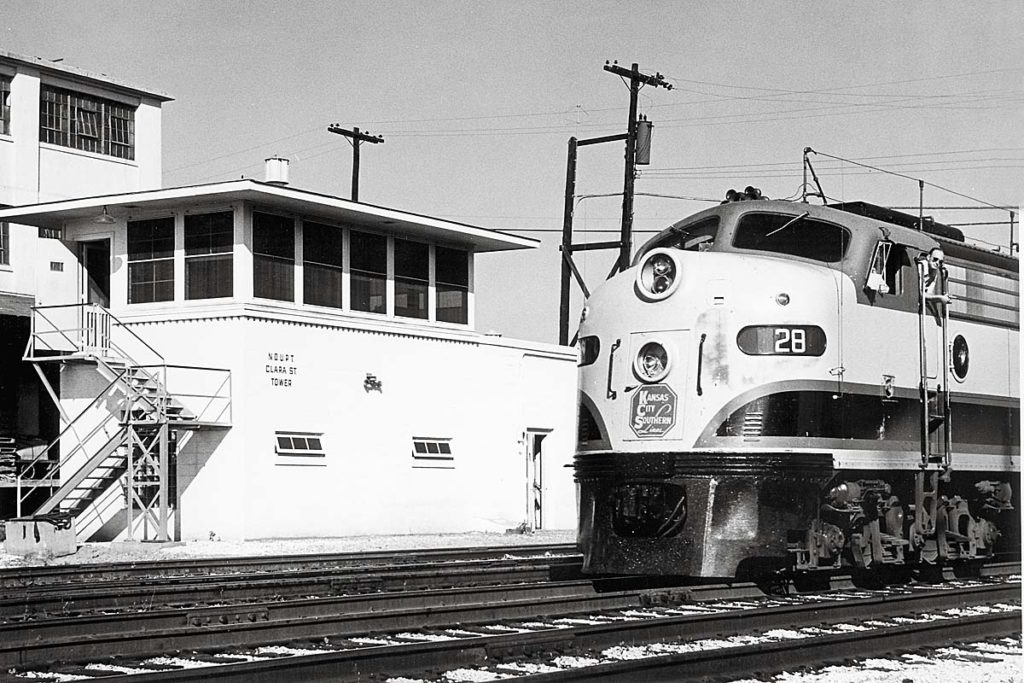
Just out of New Orleans Union Passenger Terminal, Kansas City Southern E8 leads the Southern Belle past Clara Street tower in 1954. The tower was situated between the terminal to the south and the coach yard and diesel shop to the north. James G. La Vake photo […]
Read More…
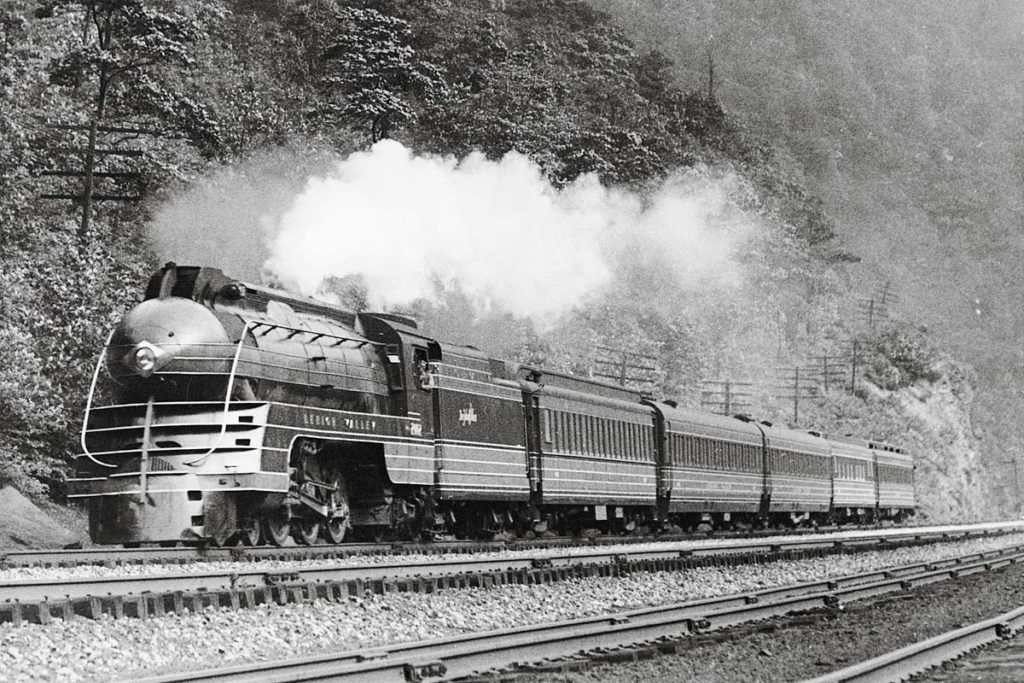
In the late 1930s and early 1940s the venerable Lehigh Valley streamlined several of its named passenger trains. This is the John Wilkes, decked in Cornell red, near Glen Onoko, Pa., in 1939. Wayne Brumbaugh photo […]
Read More…
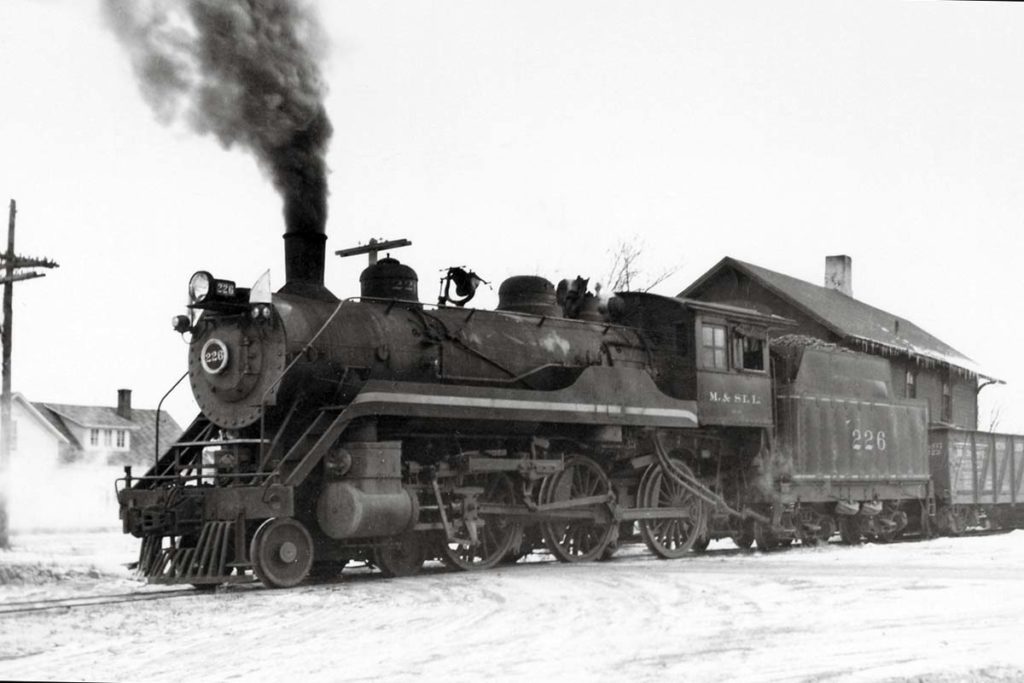
Minneapolis & St. Louis G6-24 class 4-6-0 No. 226, built by Baldwin in 1909, backs a train into Story City, Iowa, in February 1947. The town, at the end of a branch from Minerva Jct., near Marshalltown, also saw service from the Chicago & North Western. William F. Armstrong photo […]
Read More…
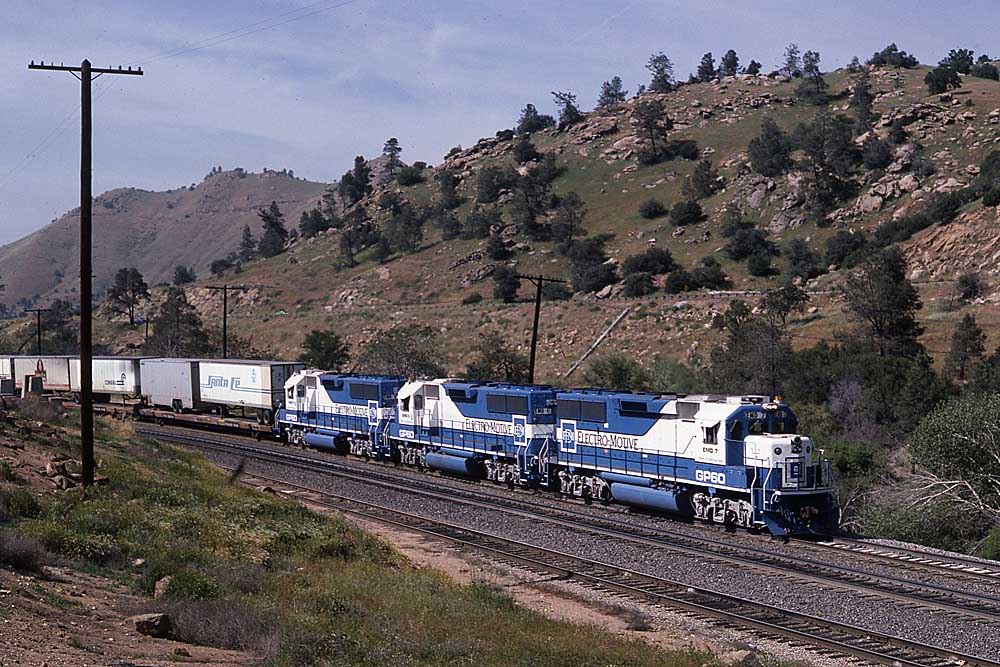
Some careers are more than just a way to make a living. Sometimes they represent history itself. The trick is to recognize that about yourself and plan appropriately. Anyone who cares about railroading in general over the past half-century, or about motive-power technology in particular, can be grateful that Preston Cook came to that realization […]
Read More…
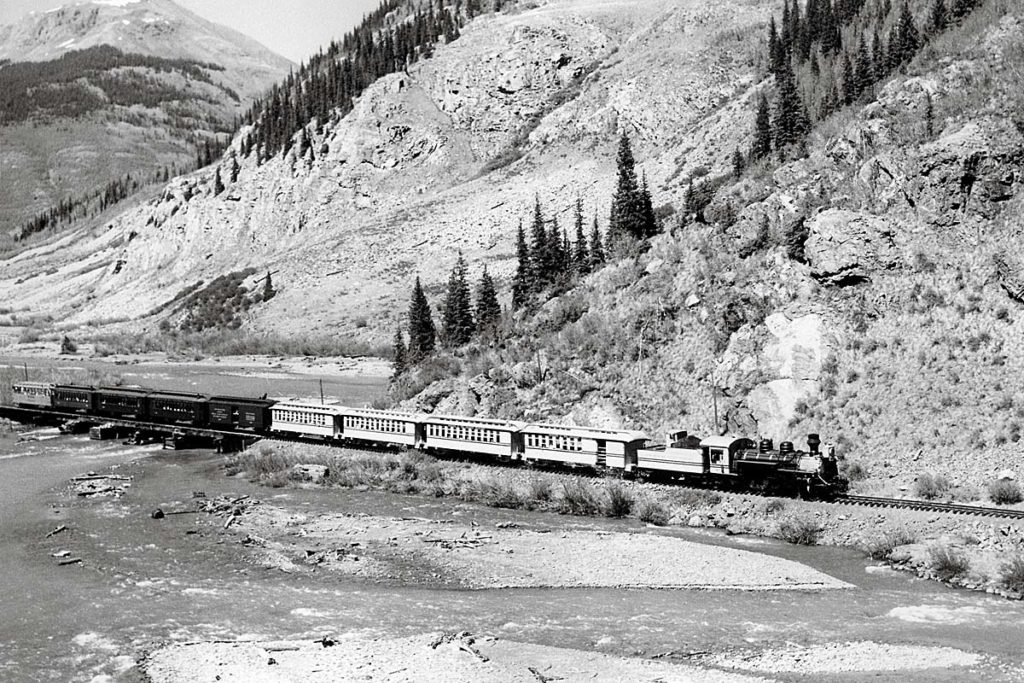
On June 18, 1950, the Denver & Rio Grande Western’s Silverton enters Animas Canyon near its namesake Colorado town. In 1981 the route became the Durango & Silverton Narrow Gauge Railroad. R.W. Richardson photo […]
Read More…
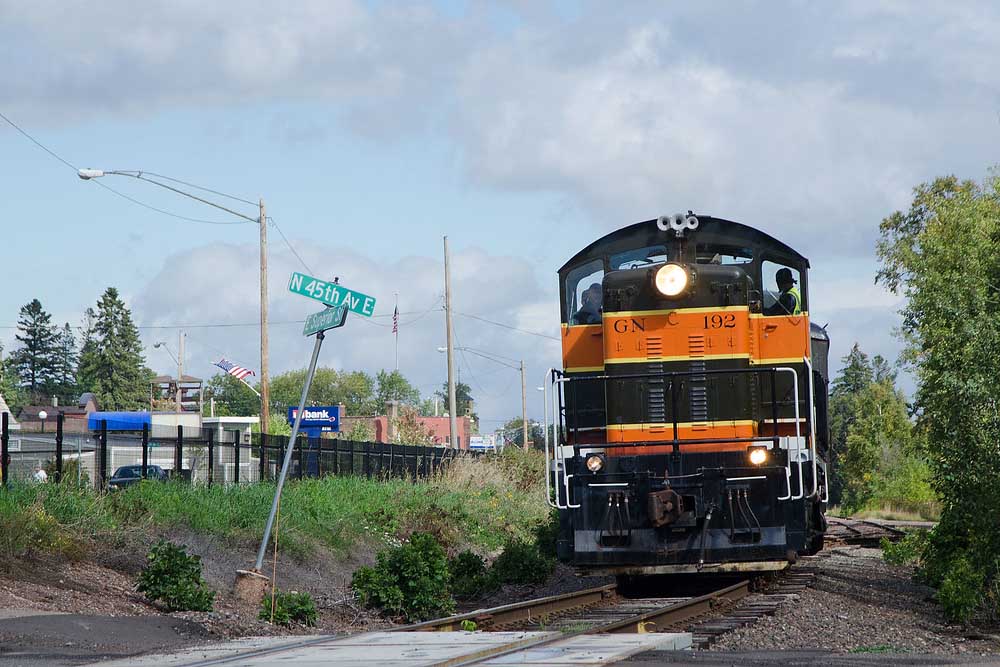
Although some units proved long-lived, the EMD NW5 sold just 13 copies. Although the pre-World War II EMD NW3 was not a stellar seller, after cessation of hostilities in 1945, the builder was keen on revisiting the idea in order to mine the light switcher market dominated by the Alco RS1 and Baldwin […]
Read More…












